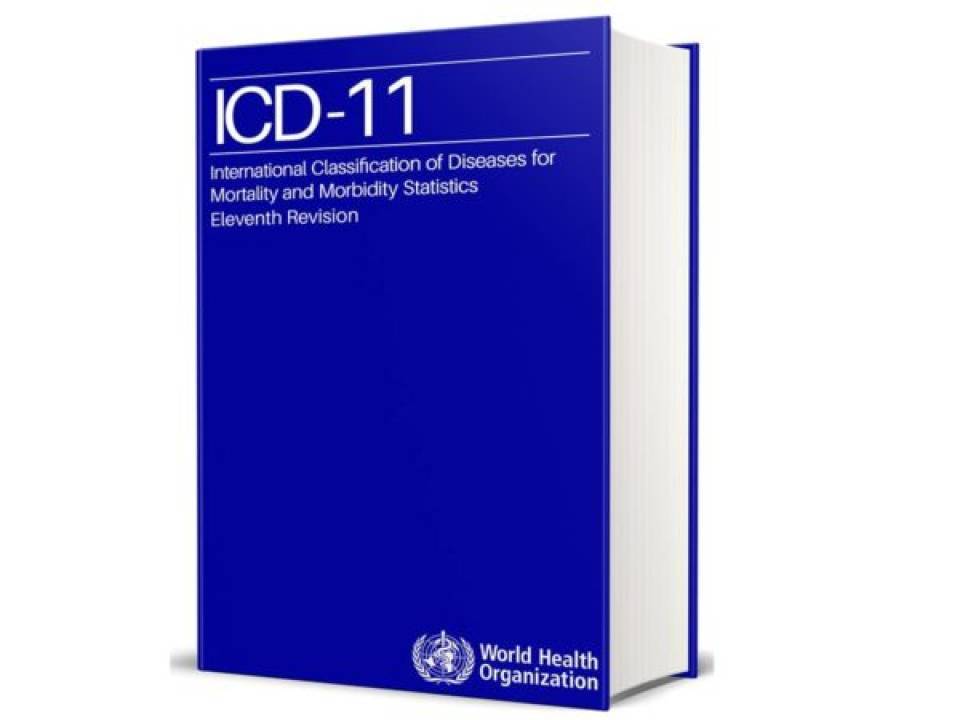Chronic Fatigue Syndrome Risk Factors
A predisposition to chronic fatigue signifies a person has inherited individual factors that mean they have a greater risk of developing CFS at some time in their lives.

Genetic factors. Studies have clearly identified several different genes (polygenic disease) that predispose people to chronic fatigue. Particularly those genes that regulate neurotransmission, the inflammatory response, the hormonal response (pituitary, thyroid, adrenal glands) and the immune response.

Women. Chronic fatigue syndrome is considered a sex-specific condition, as it affects between 10 and 20 times more women than men. This gender-specific predisposition arises because the main group of female hormones, the oestrogens, cause cerebral sensitivity which means that women may notice a fatigued feeling early on. Women with CFS should therefore avoid the use of oestrogens whenever possible.

Behavioural patterns. As with other diseases, there is a relationship between certain patterns of behaviour and a predisposition to develop chronic fatigue syndrome.
- People with character traits including pro-activeness, perfectionism (even obsession), hyperactivity, emotional instability and the need for individual recognition (known as a type A behaviour pattern) have a greater predisposition for CFS.
- People who have suffered many stressful life events throughout their lifetimes, whether physical (violence, traumas) or psychological (threats, job burnout syndrome, harassment), also have a greater predisposition to develop chronic fatigue syndrome.

Lack of physical exercise. People with a sedentary lifestyle or who have not taken part in regular exercise throughout their lives also have an increased predisposition to suffer from chronic fatigue syndrome. People with chronic fatigue are advised to practice a physical activity regularly and for short periods, but without overexerting themselves. It is essential to walk regularly and to stretch before starting any activities.

Ligament laxity. Abnormally increased flexibility in the tendons and joints (ligament laxity) has a genetic basis and predisposes CFS, particularly in women.
These are one or more factors that, when they emerge in people with a predisposition for chronic fatigue, may trigger the onset of the disease. CFS can then subsequently persist even when the triggering factor is no longer present.

Infections. Infections are the most frequent triggers and are detected in one patient out of three cases diagnosed. Several different infections can produce chronic fatigue syndrome, but the commonest is infectious mononucleosis (“mono” or glandular fever) which is caused by the Epstein-Barr virus.
Other viruses that can lead to CFS are: cytomegalovirus, human herpesvirus 6, HIV, hepatitis C, papovirus B19, human herpesvirus type I-II, influenza A virus and enterovirus. Bacterial infections, such as those caused by Borrelia burgdorferi (Lyme disease), atypical pneumonias (Chlamydia), brucellosis and tuberculosis can all be an infectious origin of CFS. Some of the above viruses have a “defective” behaviour; they are not eliminated from the body and become integrated into the host’s nervous and immune system cells. Without any possibility of being eradicated, they go on to complete repeated replication cycles. Attempts have been made to find a connection between CFS and XMRV retrovirus infection; however, studies have not yet demonstrated any relationship between the two. icles de replicació i repetits. S’ha volgut intentar relacionar la SFC amb la infecció per un retrovirus XMRV, fet que no s’ha arribat a demostrar.

Toxic agents. One third of patients with chronic fatigue have been in contact with sensitising chemicals (insecticides, biocides, hydrocarbons, bleach, cleaning products, etc.) that contribute to the development of CFS. Contact with these substances could be either occupational or domestic. And the person doesn’t necessarily have to suffer an acute intoxication. Repeated exposure to low doses is sometimes enough to act as a trigger, as they act as sensitising agents on the brain. Many of these patients, apart from developing chronic fatigue, also present symptoms of Multiple Chemical Sensitivity (MCS).
The toxic agents believed to have a strong connection are: insecticides (organophosphates, carbamates or pyrethroids), other biocides, carbon monoxide, solvents, hydrocarbons, aldehydes, bleach or other chlorinated products, sulphites, ammonia, domestic cleaning products (especially degreasing agents or abrasives), lacquers and fixing agents, deodorants and cosmetics.

Environmental factors. People with chronic fatigue are more sensitive to environmental exposure. We use the term environmental sensitivity when the exposure is to natural factors, such as the sun’s rays, noise, humidity, temperature, etc. or electrosensitivity when the reaction is to non-ionising electromagnetic radiation (e.g., the radiation produced by a microwave oven or an MRI scanner). These types of exposure can contribute to both the onset of a disease as well as its evolution and, therefore, they must be avoided.

Intense physical stress. Frequent physical overexertion, whether intense or not, can also be a cause of chronic fatigue syndrome. A surgical procedure or pregnancy also imply a similar overexertion or overload. osen un sobreesforç o sobrecàrrega similar.

Intense psychological stress. People with CFS demonstrate a clear intolerance to stress, even before developing the condition. However, it is not just a purely behavioural or psychological factor, but rather there are biological mechanisms behind this intolerance. Therefore, intense or continued psychological stress can also act as a trigger of chronic fatigue syndrome. nt de la malaltia.
Substantiated information by:

Published: 20 February 2018
Updated: 20 February 2018
Subscribe
Receive the latest updates related to this content.
Thank you for subscribing!
If this is the first time you subscribe you will receive a confirmation email, check your inbox

